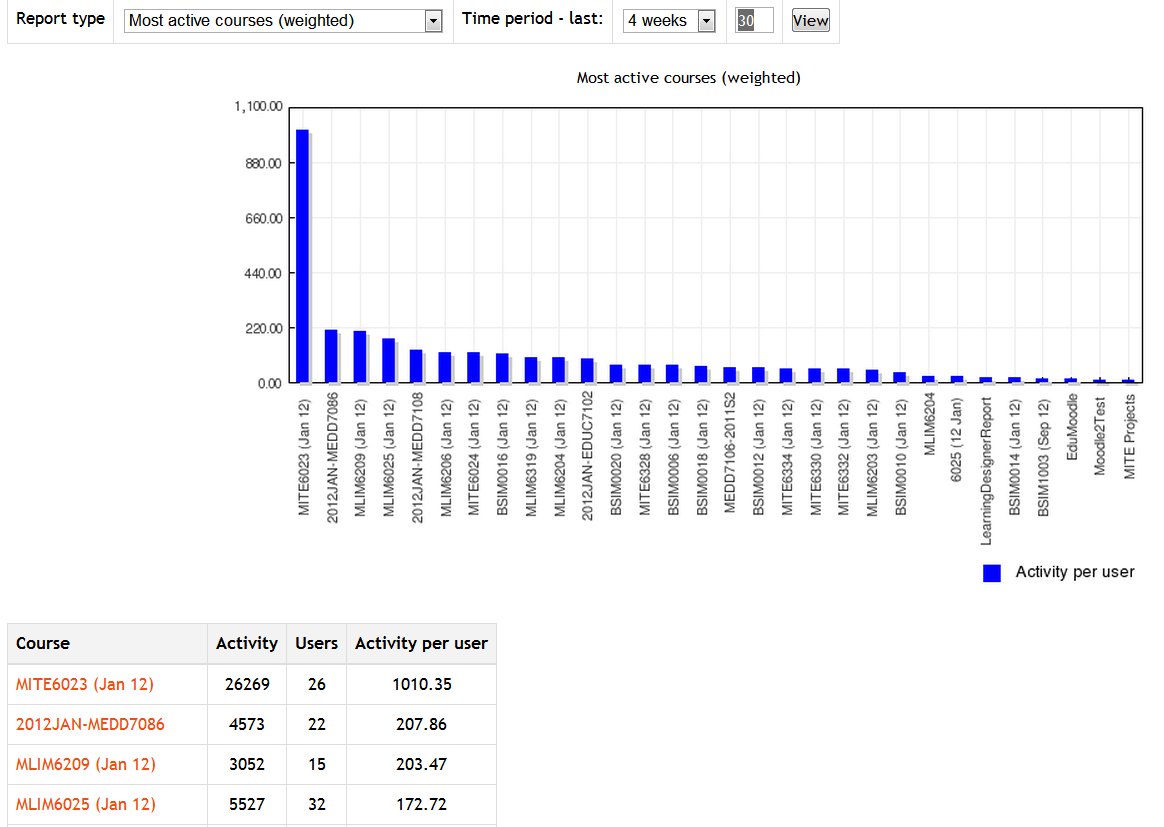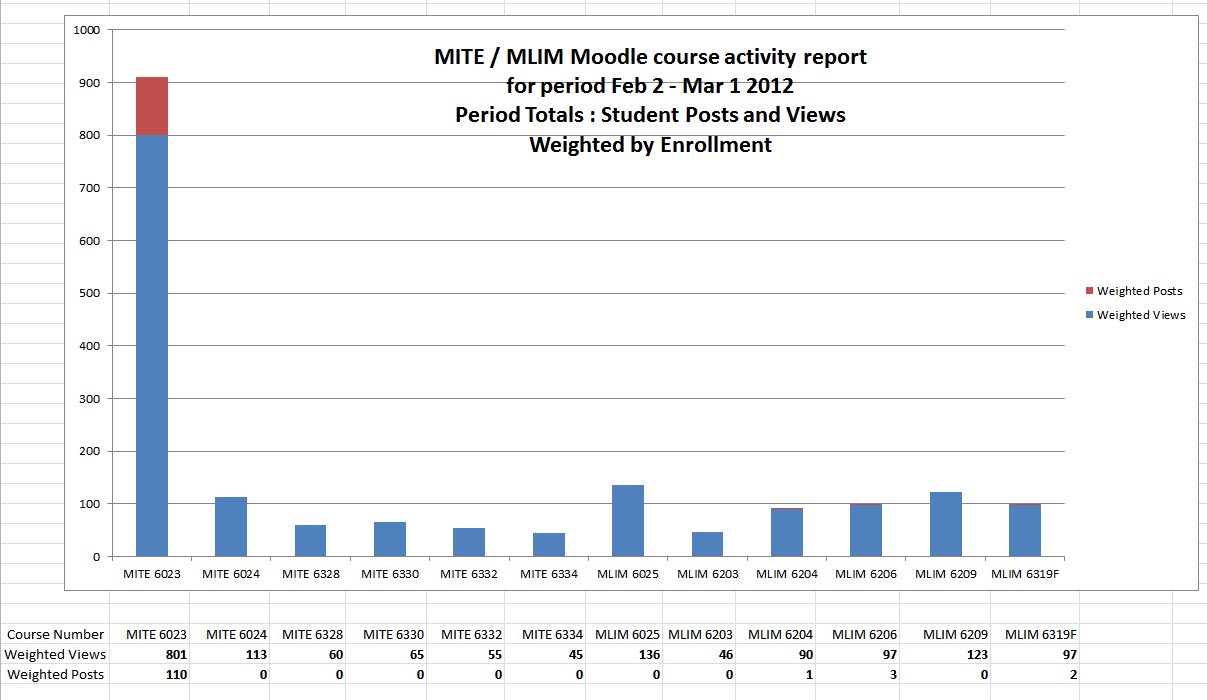My teaching philosophy revolves around the idea of building effective student-centered collaboration. Central to this idea is motivating students to be highly active and participatory in the group-based social construction of knowledge. To meet this goal, in my experience the most effective teaching / learning activity is the discussion (start oral in the face-to-face classroom, and then blended to an online forum activity done over the following week).
In the post-Covid-19 world, where face-to-face teaching presents risks and may not be possible, the training of teachers via a purely online distance education format has become an urgent necessity. In August 2020 I began tutoring a section of a HarvardX course titled “Higher Education Teaching Certificate“, which is a collaboration between GetSmarter and the Harvard University Bok Center for Teaching and Learning. This course does an excellent job introducing teachers to key pedagogical techniques, such as Understanding by Design, backwards design, and constructive alignment.
The effective use of technology to create a blended learning environment is key to my teaching, particularly when I taught on an MSc IT in Education graduate program at the University of Hong Kong (2009-2015). For those course modules I taught the first 5 sessions face-to-face in the classroom, and then the following 3 sessions were delivered synchronously online, based on several distance-learning technologies: the Moodle LMS, the Adobe Connect web conference, and the Second Life virtual environment.
Here is a short video I created to demonstrate how I make use of technology in my teaching, titled “Blended Learning in the Virtual Environment” (4 minutes, with some of the action compressed to a faster speed):
Another video demonstrates how I use Adobe Connect to display multimedia learning objects, slide shows, and the virtual world as a teacher presentation for a class of students attending from home, and at the same time use it for lecture capture:
Sounds great, leveraging technology to motivate a social constructivist environment, but does it work? My courses consistently achieve student activity levels 5 to 10 times that of any other course in the MSc IT in Education program, as measured by these Moodle reports below. My MITE 6023 course towers above the other courses, measured on both Activity levels (posts and views), and Participation (ratio of active users).
Weighted by enrollment, here is a nice graph showing the posts and views over a 4 week period for my MITE 6023 course:
Note that my students POST more than students in most other courses VIEW!
What do the students think? I commonly get very high Student Evaluations, often over 90% approval ratings of overall Teacher Effectiveness. Here is an example letter of commendation from the Dean of Education noting my high approval ratings:
Here is a presentation I did for the National Institute of Education in Singapore at an educational conference in 2013, titled “Building on a Foundation of Participation” (26 minutes)
Here is an example of my teaching in the face-to-face classroom, blended with use of the Moodle LMS (full lecture capture of a 3 hour session):
I also use web conference technology to deliver seminars to remote audiences, including:
- Transforming Assessment series, hosted by RMIT in Australia:
4 April 2012: Building and Evaluating Participation Online: Teaching with Participation Forums and Participation Map for Moodle 2 (video here)
- eMerge 2012 conference hosted by the University of Cape Town, South Africa
- Educational Technology in mainland China (2013):
Towards Education 3.0 – Participatory Learning
In 2017 I taught on a large undergraduate common-core course at the University of Hong Kong titled “Virtual Worlds – Real Bodies“, which focused on the duality of using representational embodiment in the form of avatars within an immersive virtual world. The primary project was to develop and produce a video shot within the virtual world using avatar characters to tell a story. Some of my workshop tutorials were held face to face in a computer lab on the campus, and others met exclusively in the virtual world of Second Life. I developed an example video story titled “A virtual romance in Kowloon City” which served several purposes, including a demonstration of how communication can work in the virtual world, how to set a story in a replication of a historical context (the legendary Walled City of Kowloon), and also the possibility of presenting several ‘possible selves’.
Another example was set in a virtual recreation of the canal city of Venice:
Examples of video stories my students produced set within the virtual world can be viewed:




